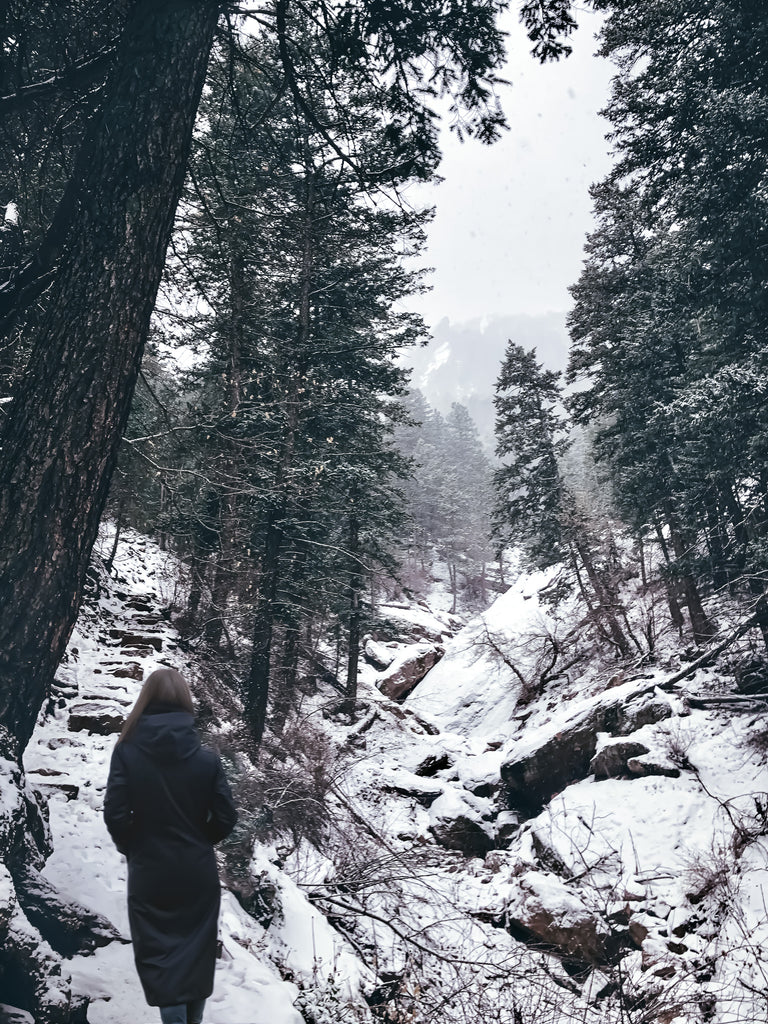
“I took a walk in the woods and came out taller than the trees.” – Henry David Thoreau
A day spent surrounded by trees, water and sky can be an incredibly peaceful and rejuvenating experience. Not only is it pleasant to enjoy the natural beauty that surrounds us, taking time to mindfully connect with the natural world can be a powerful tool for reducing stress, improving overall well-being, and restoring a sense of balance to your life. It's a chance to step away from the distractions of modern life and to simply be present in the moment, to take in the sights, sounds, and smells of the outdoors.
Shinrin-yoku (森林浴) is the Japanese art of forest bathing, also known as forest therapy. Commonly defined as “making contact with and taking in the atmosphere of the forest”, it involves immersing oneself in nature, particularly in the forest, to improve physical and mental health. Although humans have long felt the benefits of spending time amongst the trees, forest bathing is a practice that originated more formally in Japan in the 1980s. The practice has gained popularity in recent years, and it’s more than just a nice idea– there’s plenty of science to back up the practice.

One of the main benefits of forest bathing is its ability to reduce stress and improve overall well-being. Studies have shown that spending time in nature can lower levels of the stress hormone cortisol, as well as decrease feelings of anxiety and depression.
A study published in 2019 examined the physiological and psychological effects of a day-long session of forest bathing, and found significant positive effects in the mental health of the participants. And a review published in 2017 indicated that “significant empirical research findings point to a reduction in human heart rate and blood pressure and an increase in relaxation for participants exposed to natural green spaces”. Yet another study published in 2020 found that a 3 day forest therapy workshop boosted participant’s creative performances by over 25%.

Can You Enjoy Forest Bathing in Winter?
When you think of forest bathing, your mind may conjure images of a warm sun streaming through a thick green canopy, and a forest floor covered in wildflowers. But forest bathing can be just as beneficial in cold weather. The quiet peacefulness of a forest blanketed in snow, combined with the crisp and refreshing air, can give an extra sense of serenity and clarity to your forest bathing experience.
What to Wear for Winter Forest Bathing
Of course, to enjoy the benefits of forest bathing in the cold weather, it's important to dress warmly and wear appropriate footwear. As author Alfred Wainwright sagely wrote, “There’s no such thing as bad weather, only unsuitable clothing”. We recommend a good quality winter coat, cozy socks, and waterproof boots for winter adventures. Your footwear should be comfortable and sturdy, with good grip if you’re walking through rougher terrain. It’s also wise to bring water and a snack.
How to do forest bathing
Forest bathing is not hiking, although hiking is great too! Whether you’re on foot, cross country skis, or snowshoes, when it comes to forest bathing, the means matter less than the mindfulness. What sets forest bathing apart is the slow pace, intentional curiosity, and awareness of your surroundings. Move slowly and with intention. Take time to notice the undulating patterns in a patch of tree bark, and be aware of the feeling of snow crunching underfoot. Listen for the sound of the wind blowing through the branches and the song of a nearby bird. There are millions of little moments of beauty, if we slow down enough to notice.
If you’re feeling stressed or overwhelmed, forest bathing is a wonderful way to reconnect with nature, reduce stress, and improve overall well-being, no matter the season. So bundle up, step outside and enjoy the fresh forest air!





















